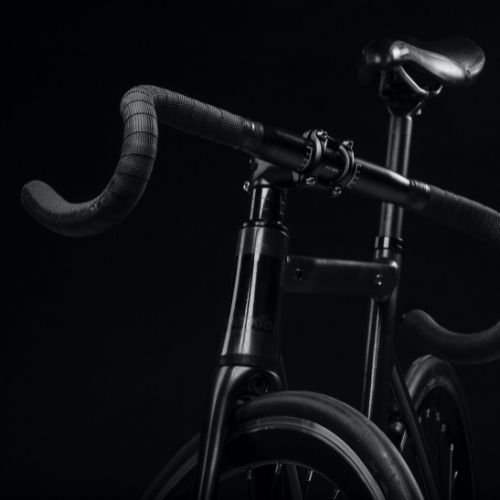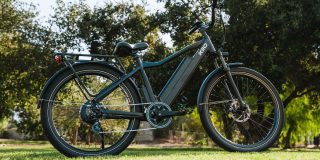Typically, the complete length of the tube starting from the bottom bracket to the point where you can attach the bicycle constitute the frame size. To measure its dimensions effectively, all you need is measuring tape. Of course, there are different types of bicycles that you find around, but the basic measurement system remains the same.
Whether it is about buying a bicycle or upgrading your existing one, you should know how to measure bicycle frame size. It benefits you in all situations. When you know how to measure the bicycle frame, it helps you get the right one that fit your body and promotes comfort while riding.
Measurement of bicycle frame sizes
When you are measuring bicycle frame sizes, you have to start from the upper portion of the seat tube and to the mid portion of the tool crank. Hence, position one end of the measuring tape on the middle portion of the bicycle’s crank.
Run the tape to the tube’s end while measuring up to that specific point. If you want to make the measurement more prominent, just remove the seat and put it away. In general, the average size of the seat tube might range anywhere between 53 and 58 centimeters or 21 and 23 inches.
When you are done with the frame size of the bicycle, you may want to know whether or not it is best suited for you. Therefore, knowing the inseam length and height can help a lot. That’s because these measurements are used in bicycle size charts.

1. The top tube length measurement
It is the area that runs from the head tube and to the seat post tube. In short, it is the part below the chest when spread across the bicycle. However, on some old bicycles where the top tube is parallel to the ground, the right way to measure is to start from the centers of the seat and head tube.
With a lot of bicycles that feature a sloping top tube, you may need to measure from the head tube and straight back to the ground parallel to the seat tube.
2. Seat tube length measurement
The seat tube constitutes the part where the frame meets the seat post. They run down straight to the bottom bracket. If you want to measure the length of the seat tube, you have to measure it from the central parts of the bottom bracket and the seat tube to the top. While some bicycle manufacturer stops at the top right above the seat post whereas others stop right below.
3. Head tube length measurement
It is the portion that covers the vertical tube on the front side of your bicycle. This is the area where the fork is inserted. However, finding the length of the head tube is the least important when it comes to measurements.
Yet, this might be an important consideration when it comes to how aggressive your riding style would be. Apart from that, it is the easiest measurement because you have to start it from the top and end it at the bottom.

4. Head tube angle measurement
Although it is not a necessity to know how to measure head tube angle, still it is good to know how to do that in the right way. That way, you can know every aspect of bicycle frame size measurement. You should know that the head tube angle impacts the handling and steering of the bicycle.
As you know, the head tube angle is the area that gets created with the ground. In general, a steep head tube angle makes an angle close to 90 degrees. It gives you a responsive and aggressive bicycle.
5. Seat tube angle measurement
It is another measurement that you don’t have to measure but it is good to know about it as well. The seat tube angle is the area created with the ground and seat tube. You can find a steeper angle on aggressive or time trial bicycles. Whereas, you can find a relaxed angle on relaxed bicycles.
Conclusion
When you know the right measurement of a bicycle frame and understand the significance of every measurement, you can find the right size and type that fall in line with your expectations. Keep in your mind that a good fit would make you comfortable as if you were strolling down the street.















